
Have you ever wondered about the different types of stitches your basic sewing machine is capable of creating? Do you want to sew seams in difficult places? You're not alone. With the right knowledge, you can utilize these different stitches to enhance your projects, providing both functional and decorative elements. You can use them for sewing seams successfully.
Beyond the familiar straight and zigzag stitches lie a wealth of options that can bring your sewing to new heights. Let's embark on a journey to explore these stitches, their uses, and how they can transform your work. Trust me, you'll be amazed at what modern sewing machines can do!
Key Takeaways
- Sewing machines can make simple stitches like straight or zigzag stitch, as well as more complex decorative stitches like scallops and honeycomb.
- Reinforcement stitches like reverse straight and buttonhole stitches enhance seam security, strength, and durability.
- Temporary stitches such as basting and overcasting are useful for fitting adjustments and preventing fabric fraying.
- Decorative stitches like triangle straight, shell tuck, scallop, and honeycomb make sewing projects look unique and attractive.
19 Types of Sewing Machine Stitches
If you're new to sewing, understanding various stitch types is key. Here's a comprehensive look at 19 essential stitches.
1. Straight Stitch

Let's start with the most fundamental and versatile one - the straight stitch. Straight stitch is a basic stitch. This is your go-to stitch for basic sewing, top stitching, and creating gatherings. One of its key features is the adjustable stitch length. It can be varied from 0-6 mm depending on your sewing needs.
Whether you're sewing delicate fabrics or heavy-duty materials, you can always adjust the stitch length to suit your project. The needle position, typically set in the center, ensures straight seams every time.
You'll also use straight stitch for basting stitches. These long, loose stitches are perfect for temporary hold or making fitting adjustments. These straight stitches with a long length are suitable for garments. Now try to sew a straight stitch to your work. If you are already proficient in straight stitch, then you can learn triple straight stitch further.
2. Reverse Straight Stitch / Anchor Stitch
Explore the reverse straight stitch, also known as the anchor stitch. It provides an additional level of security for sewing projects. By sewing forward and then reversing, you create secure stitches, essential for locking the beginning and end of the seams in place.
This simple and effective technique boosts the strength of your creations. It enhances the durability of your fabric. Using a reverse straight stitch can prevent the dreaded unraveling, maintaining the integrity of your seams over time.
3. Basting Stitch / Gathering Stitch

Next comes the basting stitch. The gathering stitch is a long straight stitch used to temporarily hold fabric layers together. If you need a temporary hold for fitting adjustments, choose it.
It also helps secure fabric before final stitching or create aesthetic gatherings and ruffles for your sewing projects. The basting stitch can be easily removed. So it‘s an ideal choice when you're not quite ready to commit to a permanent stitch.
4. Zigzag Stitch

Let's discover how useful and versatile the zigzag stitch is in sewing with a machine. The zigzag stitch is a useful stitch which makes garments more attractive in the sewing world. It provides strength, flexibility, and prevention of fabric edge fraying. It's commonly used for sewing knits due to its elasticity, allowing fabrics to retain their stretch. You can adjust the stitch width to create various zigzag effects, making it ideal for decorative purposes.
Beyond aesthetics, the zigzag stitch also adds a stretch to the seams. It offers flexibility in your sewing projects. The zigzag stitch is essential for sewing, whether you're hemming a knit dress or adding decorative touches.
5. Triple Straight Stitch
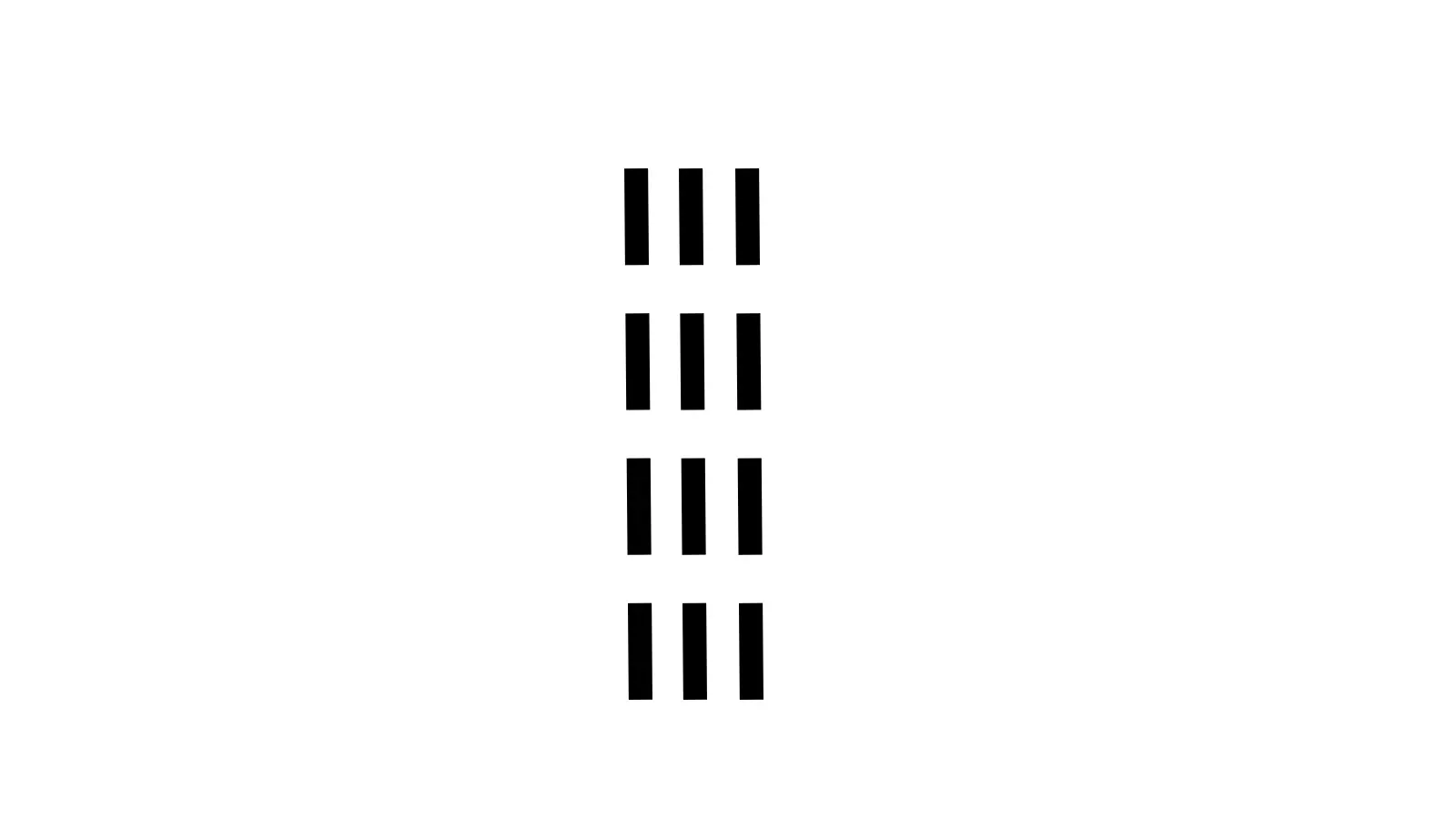
Delving into the realm of decorative stitches, you'll find the triple straight stitch. It’s a unique pattern that crafts a series of intriguing triangular shapes to elevate your sewing projects. This stitch is a smart way to add texture and create detailed decorations. It‘s a good stitch to use for home decorations.
Its adjustable length allows you to customize the stitch for a variety of effects. You can use this stitch for top stitching and decorative seams. It provides a beautiful finish that's sure to impress.
The triple straight stitch is versatile and works well on various types of fabric. So next time you're looking to add a little something special to your sewing project, consider the triple straight stitch.
6. Rolled Edge Stitch
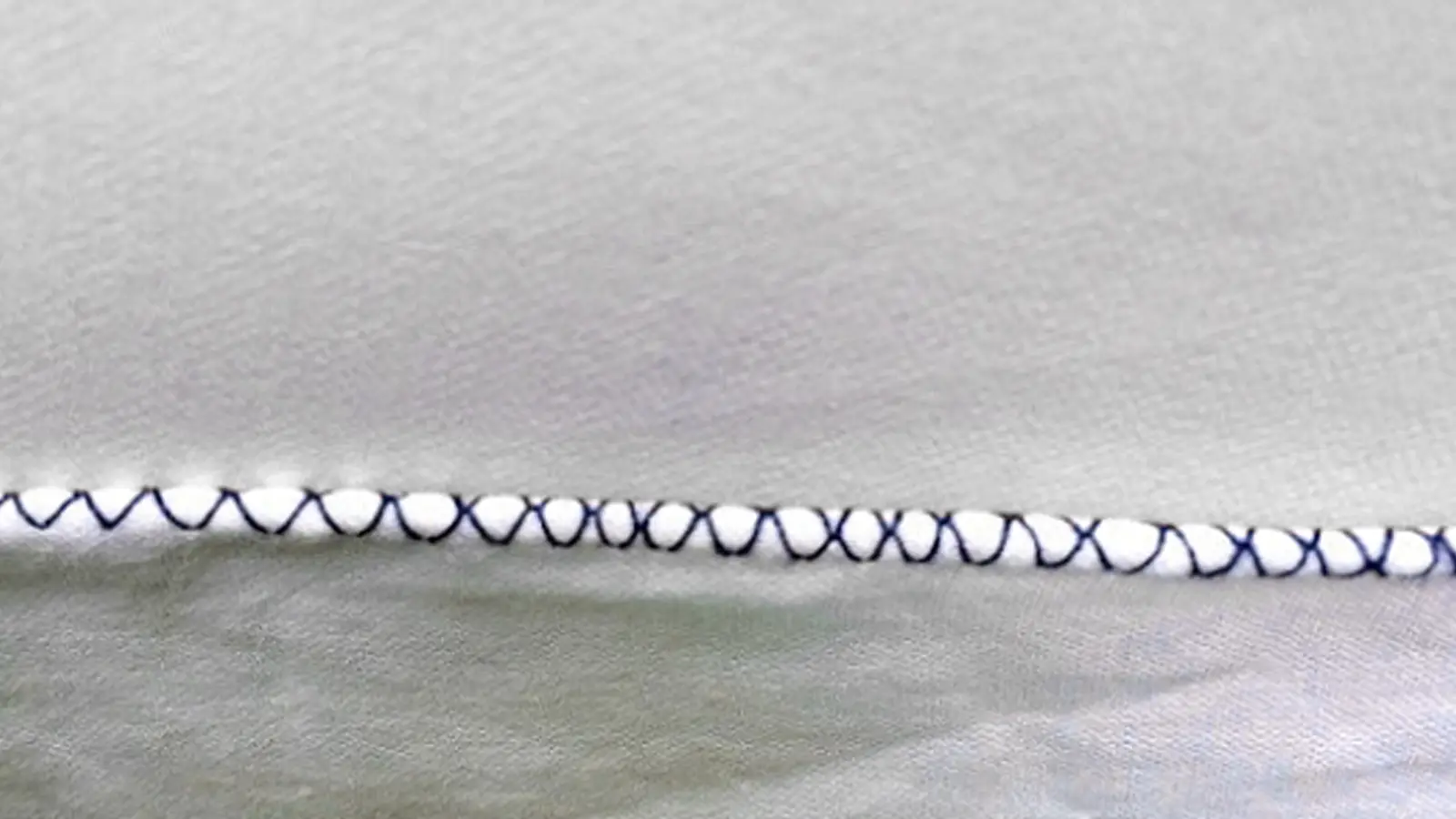
Turn your attention now to the Rolled Edge Stitch. It’s a functional stitch that's perfect for giving a clean, narrow finish to the edges of delicate fabrics. It‘s ideal for lightweight fabrics such as chiffon, organza and silk.
The rolled edge stitch prevents the bulkiness of a traditional hem. It's commonly used in applications like lingerie, scarves and handkerchiefs.
To achieve the rolled edge stitch, you need a special presser foot attachment on your sewing machine. This attachment rolls the fabric edge and stitches it securely. Master this stitch to improve the versatility and elegance of your sewing projects.
7. Edge Stitch
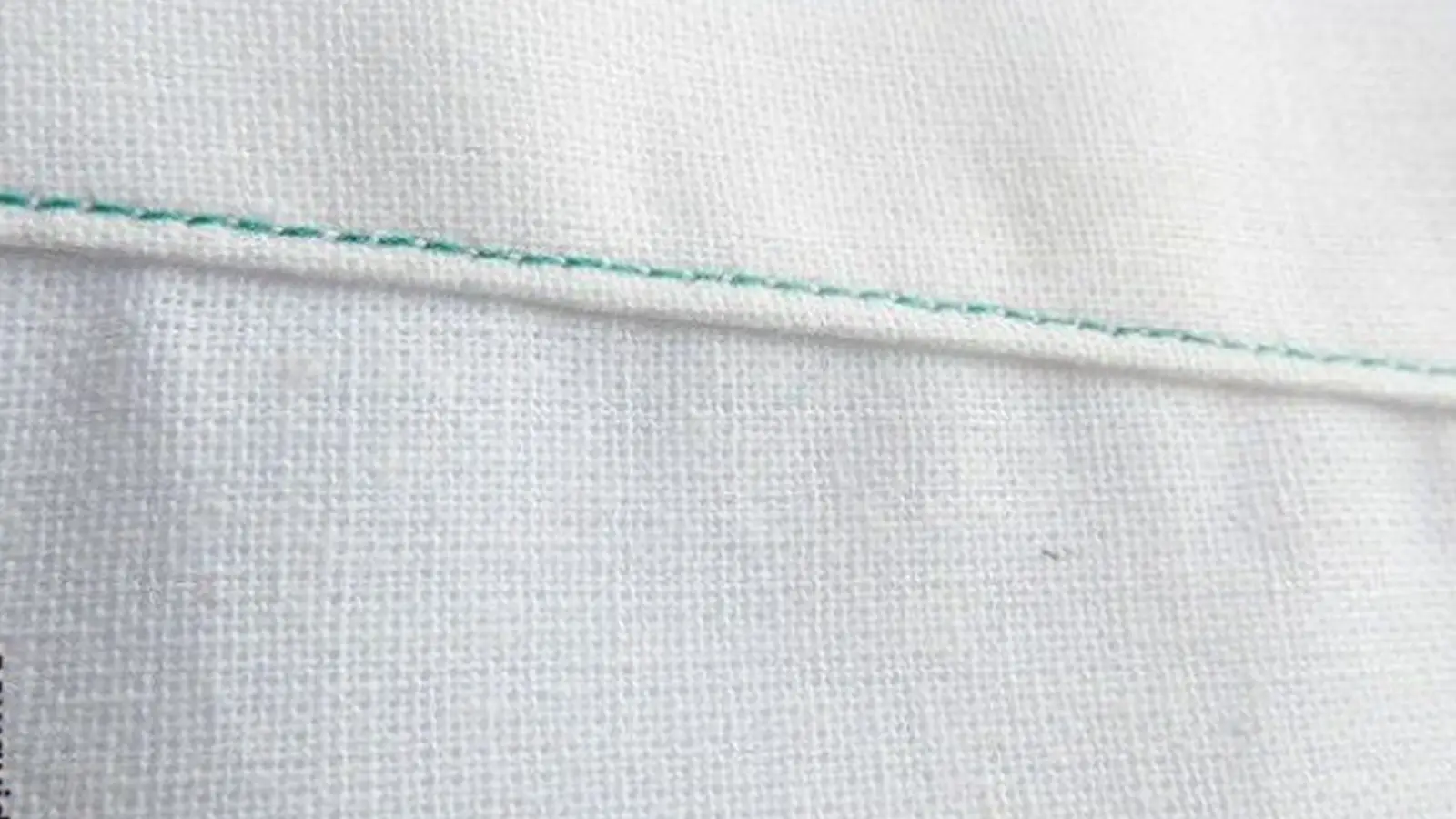
Edge stitches add a delightful touch to both top stitching and stretch seams. It enhances the overall aesthetics and functionality of your projects.
The double over edge stitch is crucial for properly finishing raw edges. It prevents fraying and ensures a neat appearance.
The appliqué stitch, another essential edge stitch, allows you to add beautiful designs to your fabric pieces.
8. Stain Stitch
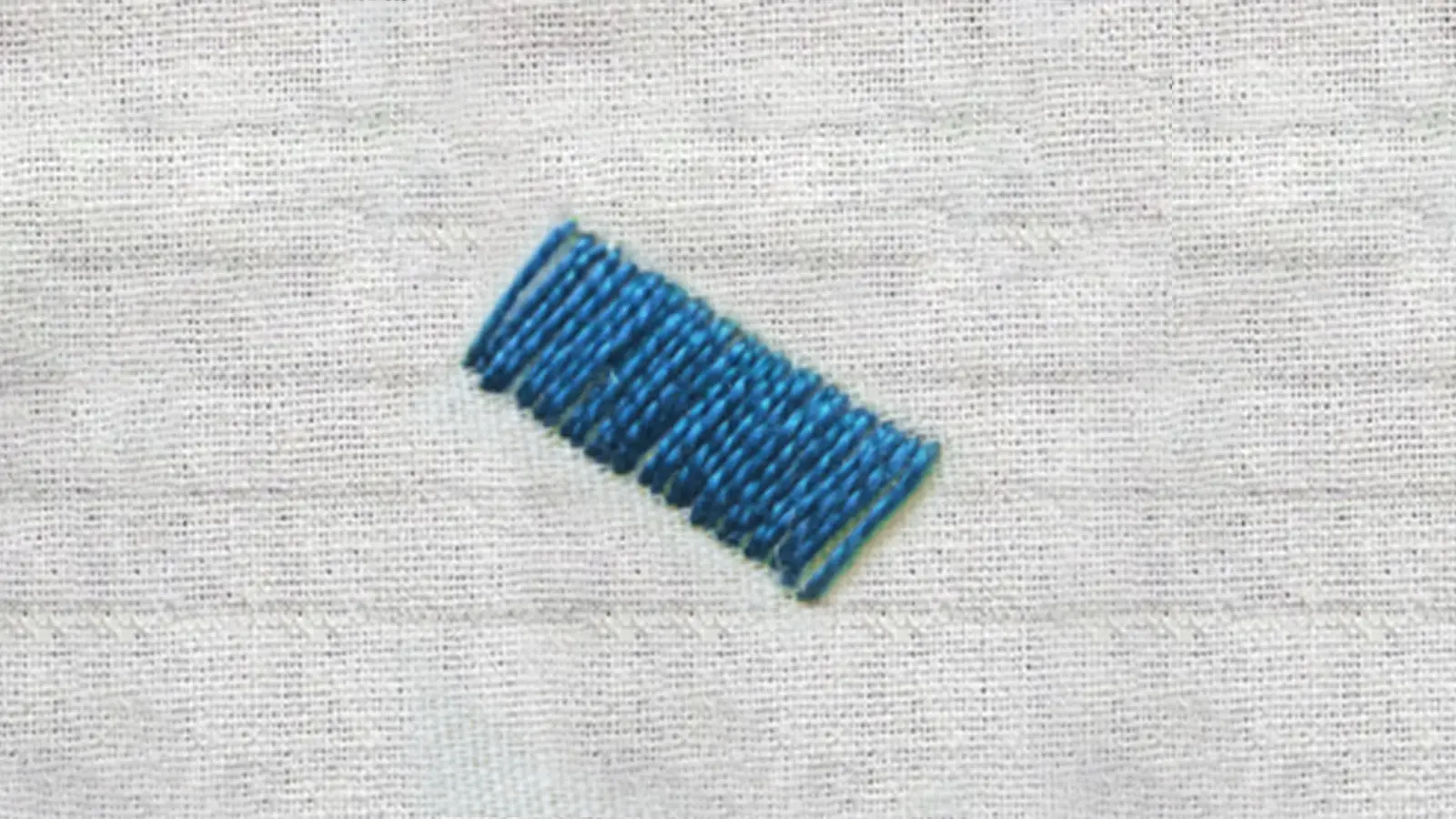
Satin stitch is a type of sewing machine stitch. You'll find they are perfect for finishing edges and creating decorative elements in your sewing projects. They give fabric edges a polished appearance. They can be adjusted to suit different materials and designs.
Here are four distinctive benefits of satin stitches:
- Edge Finishing: They provide a smooth, professional finish to your fabric edges.
- Decorative Elements: Satin stitches are ideal for adding decorative elements.
- Versatility: You can adjust the size as needed, making them a flexible tool for sewing.
- Embroidery Designs: They're a popular choice for creating intricate and elegant embroidery designs.
9. Blind Hem Stitch
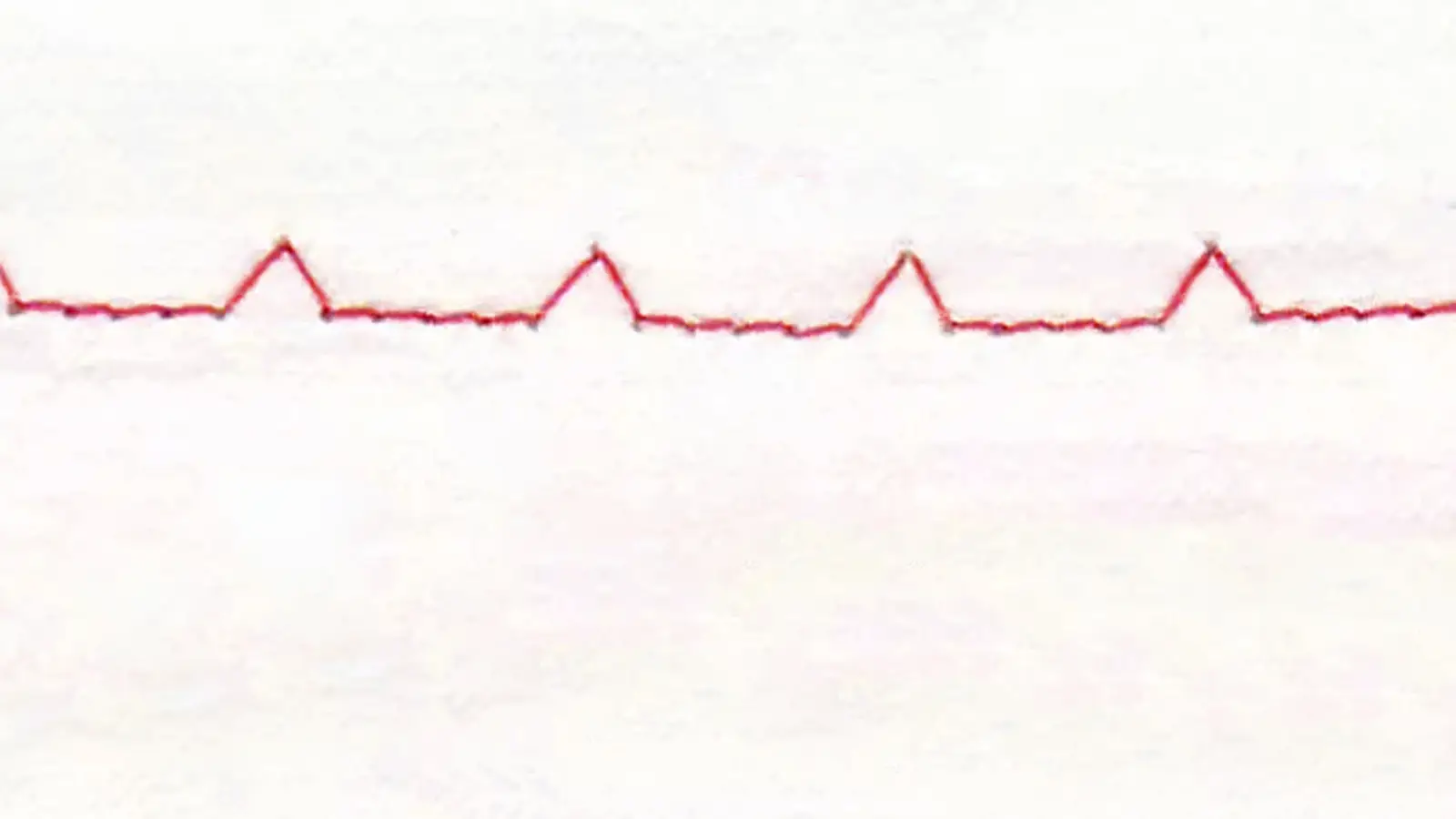
When you're seeking to create invisible hems on fabric, the Blind Hem Stitch is your go-to option. This stitch is ideal for finishing wider straight-edged hems. It offers a seamless look that's both professional and clean.
Whether you're sewing clothes or home decorations, this stitch gives a neat finish with no visible stitching. It's an excellent method for maintaining the integrity and beauty of your fabric. As a versatile option, it adapts well to different types of fabric and project requirements.
In other words, the blind hem stitch is a popular choice for those striving for a neat and professional finish. Mastering this stitch can significantly elevate the quality of your work.
10. Buttonhole Stitch

Mastering the various types of buttonhole stitches is absolutely essential. It's suitable for those sewing enthusiasts who want to create reinforced buttonholes on their garments. Buttonhole stitches include rectangular, rounded, keyhole, and stretch buttonholes.
- Buttonhole stitch: This stitch forms the foundation of any buttonhole. It secures the raw edges and prevents fraying.
- Types of buttonhole stitches: You'll encounter several variations. Each suited to a different style or function of a buttonhole.
- Neat buttonholes: To achieve clean buttonholes, you need to use the correct stitch and set your machine properly.
Try different buttonhole stitches to see which one is best for your project.
11. Stretch Stitch

If you're working with stretchy fabrics like knits or spandex, you'll find the stretch stitch to be an invaluable tool. It's specifically designed to provide strong, flexible seams. It's ideal for sewing stretchy fabrics. This stitch helps prevent popped seams that experience a lot of movement or stretching. You can also use them for sewing activewear.
The hallmark of the stretch stitch is its multiple rows of stitching. This feature allows the fabric to stretch without breaking the seam. It maintains the garment's shape and integrity.
Master this stitch to enhance your sewing versatility and produce long-lasting, high-quality garments. If you are already proficient in stretch stitch, then you can learn triple stretch stitch further.
12. Overlock Stitch
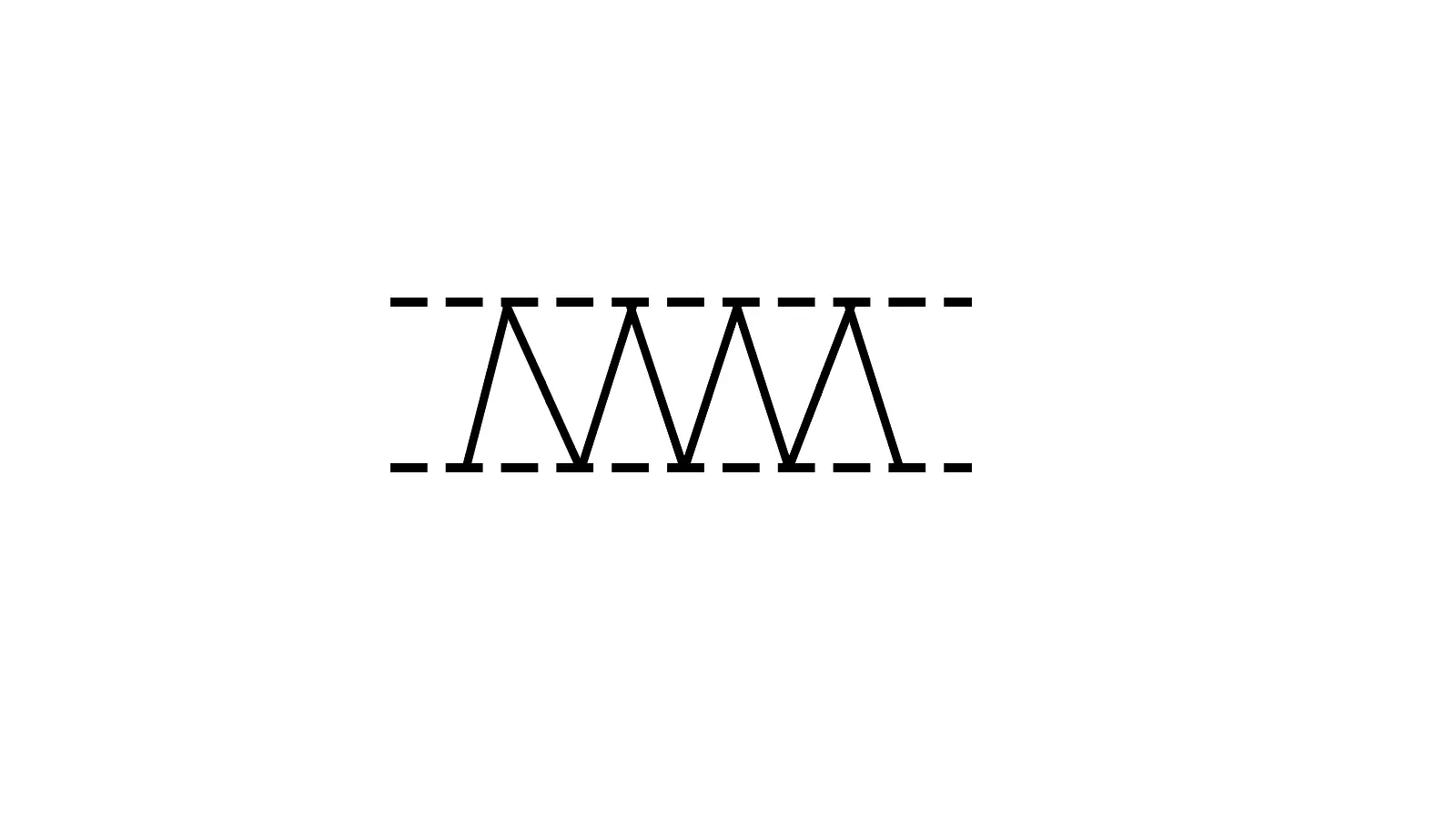
The overlock stitch is also called an over-edge stitch. It's a game-changer for preventing fraying and achieving clean, secure finishes on fabric edges. An overlock stitch is a must-know for your sewing projects.
- Prevents Fraying: The overlock stitch encases fabric edges, preventing them from fraying.
- Trimming Required: Before sewing, you'll need to trim excess fabric to ensure a neat finish.
- Versatile Application: This stitch is often used for finishing raw edges on fabric.
Incorporate the overlock stitch for professional-looking, durable seams and edges in your work.
13. Overcasting Stitch
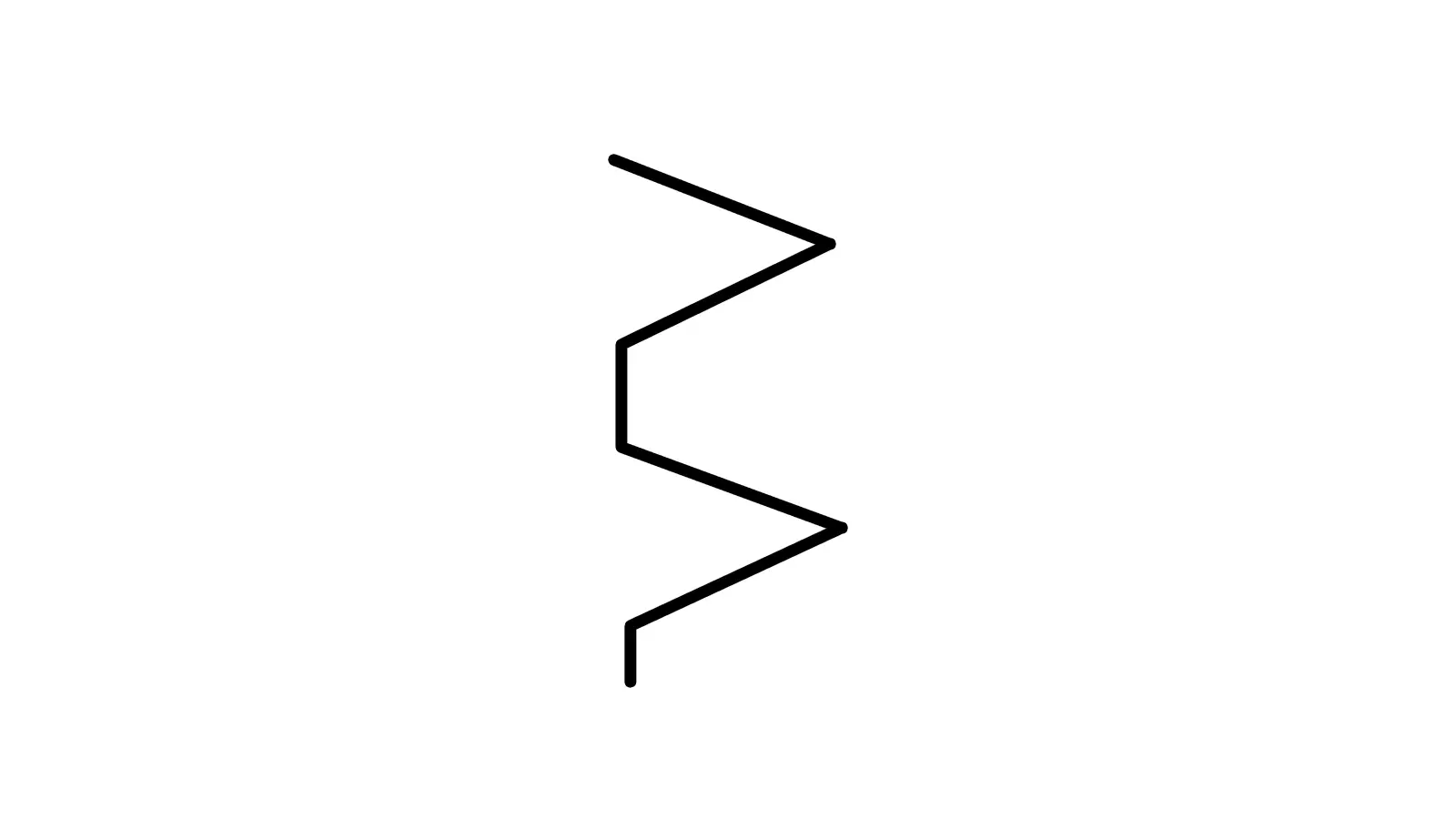
When sewing raw fabric edges that unravel, use the overcasting stitch to prevent this. The stitch not only finishes raw edges, but also prevents fraying. It skillfully encloses raw edges, shielding them from wear and tear, and creating a neat, secure finish.
This stitch is widely used for fabrics that easily unravel. It offers a professional and clean finish to your projects. You'll find the overcasting stitch as a standard stitch option on most sewing machines. It's suitable for basic garment construction. Mastering the overcasting stitch can enhance your sewing versatility.
14. Scallop Stitch
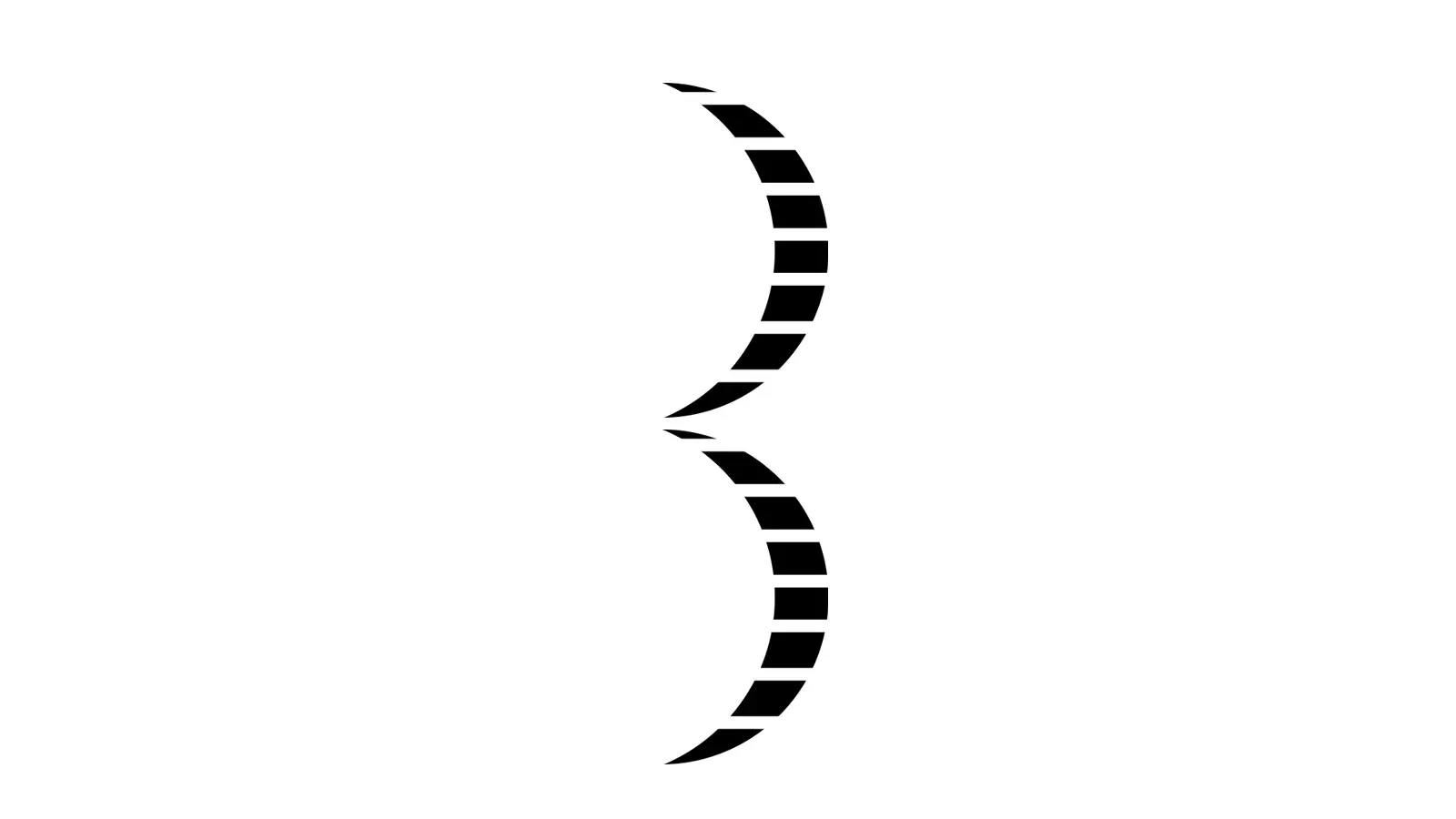
The scallop stitch is a decorative stitch that adds a unique, intricate finish to your sewing projects. It creates wavy edging or embellishments on fabric. This stitch isn't just about aesthetics; it's also about versatility.
Here's why the scallop stitch is a popular choice:
- Decorative Edge: With its wavy edging, it offers an interesting finish to your fabric.
- Versatility: It's not limited to one size. You can adjust the size to create different scallop shapes.
- Embellishments: It's great for enhancing the overall look of your projects.
- Applications: From garments to accessories, this stitch can be used on various items, adding a professional touch.
15. Shell Tuck Stitch
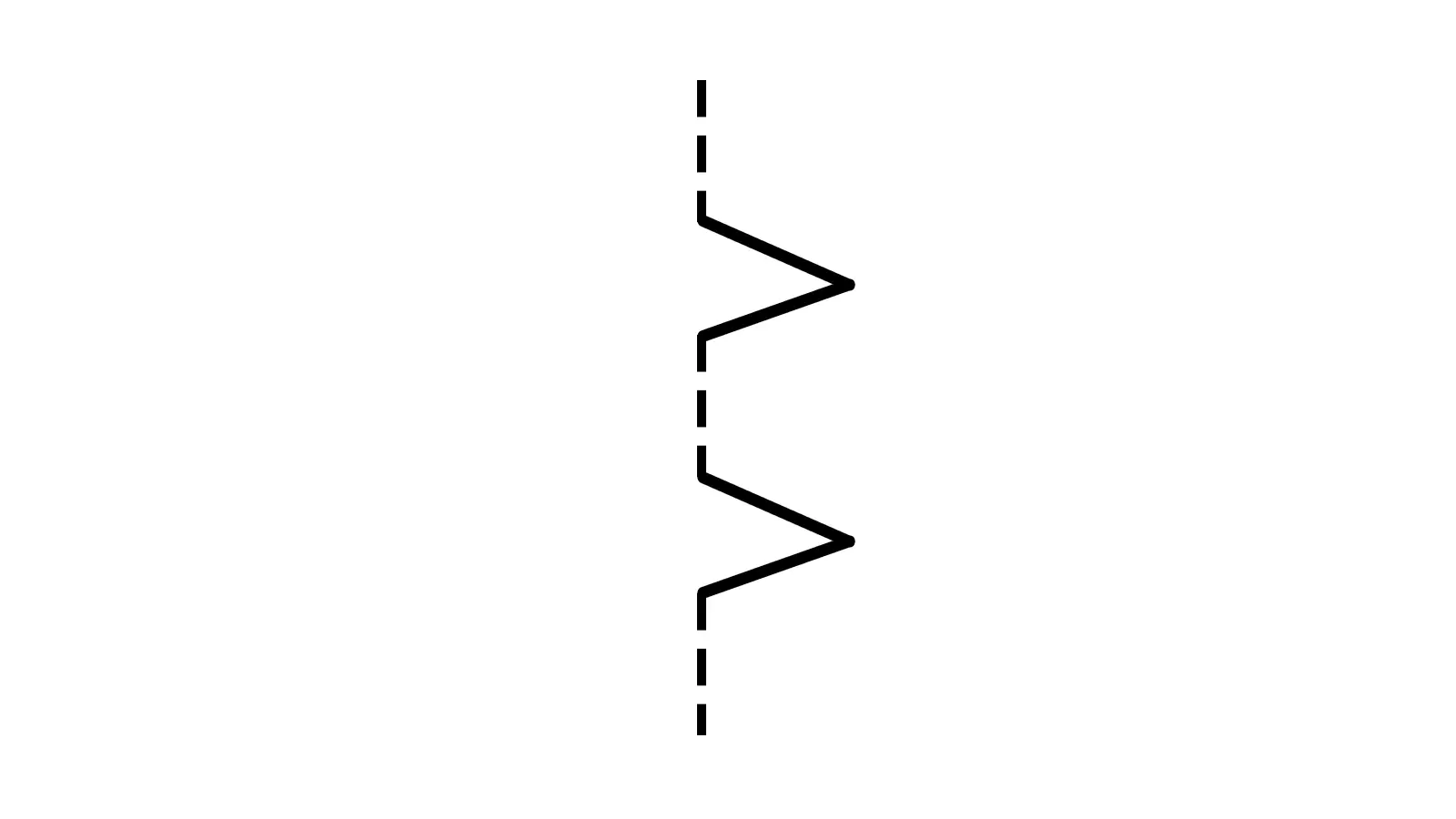
Shell tuck stitch is an ideal choice for delicate fabrics. This stitching technique produces tidy and ornamental hems on delicate fabrics. It offers a secure and stylish way to finish the edges of your delicate fabrics.
The shell tuck stitch provides a decorative finish that adds a touch of elegance. It's not just about aesthetics, though. This stitch also ensures durability, making it a practical choice for pieces like garments and linens.
16. Ladder Stitch

Ladder stitch is a versatile and visually appealing option. This stitch is best known for creating evenly spaced channels. It is perfect for decorative top stitching or attaching embellishments such as trims. This decorative stitch offers a unique finish, adding a creative touch to your sewing projects.
- This stitch looks like a ladder. It creates a visually pleasing effect on fabric edges.
- It's an ideal stitch for attaching decorative elements, offering stability and precision.
- You can use ladder stitch to add texture and visual interest to garments or home decor.
17. Honeycomb Stitch
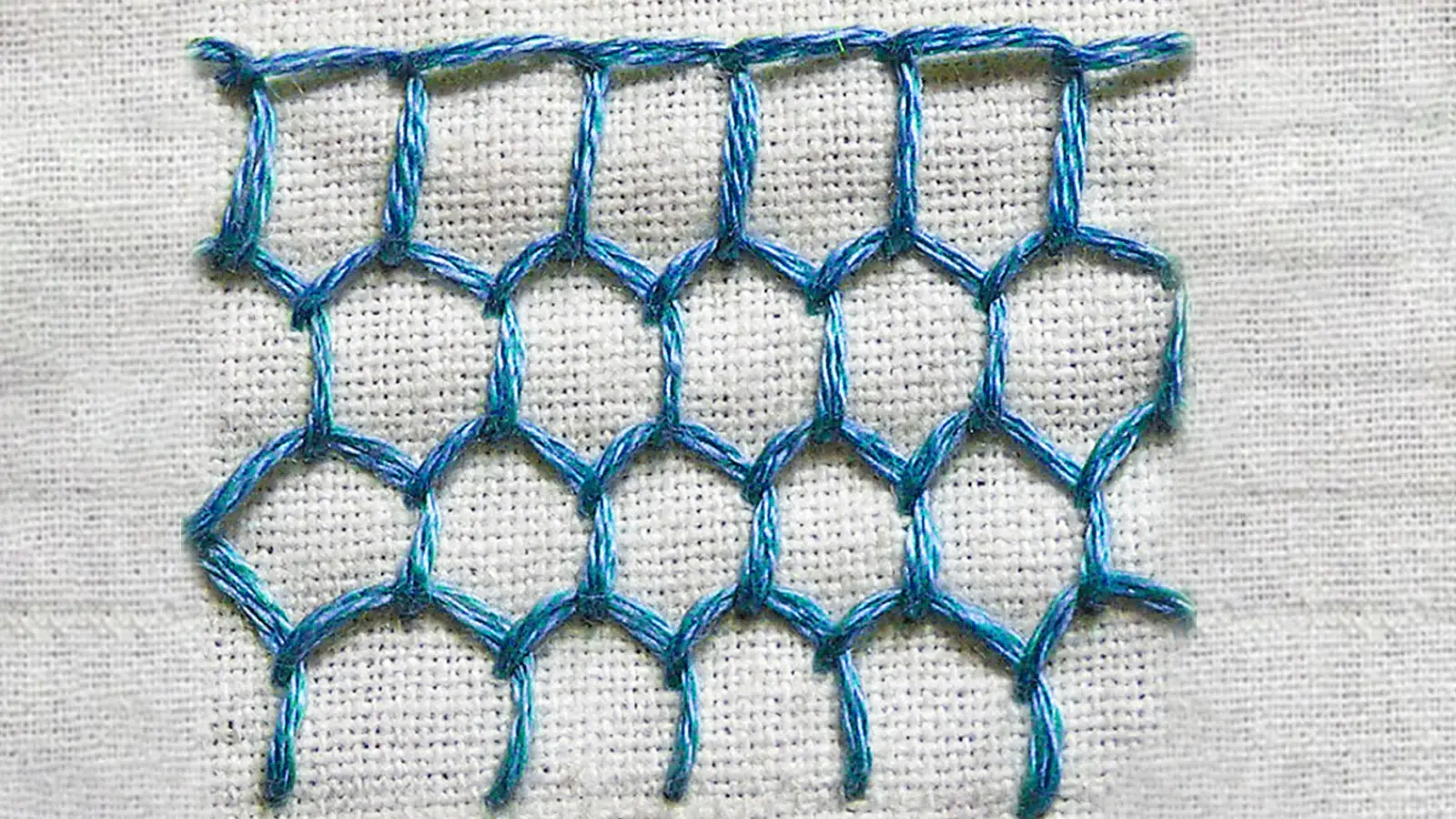
Honeycomb stitch is an excellent choice to add a unique texture and style. It creates a visually stunning pattern resembling its namesake. This honeycomb stitch isn't only attractive, but it's also versatile. It's perfect for embellishing edges or adding accents to your garments and home decor items.
This stitch is great because you can easily adjust the pattern to fit your project by changing the length and width.
18. Insertion Stitch / Faggoting Stitch
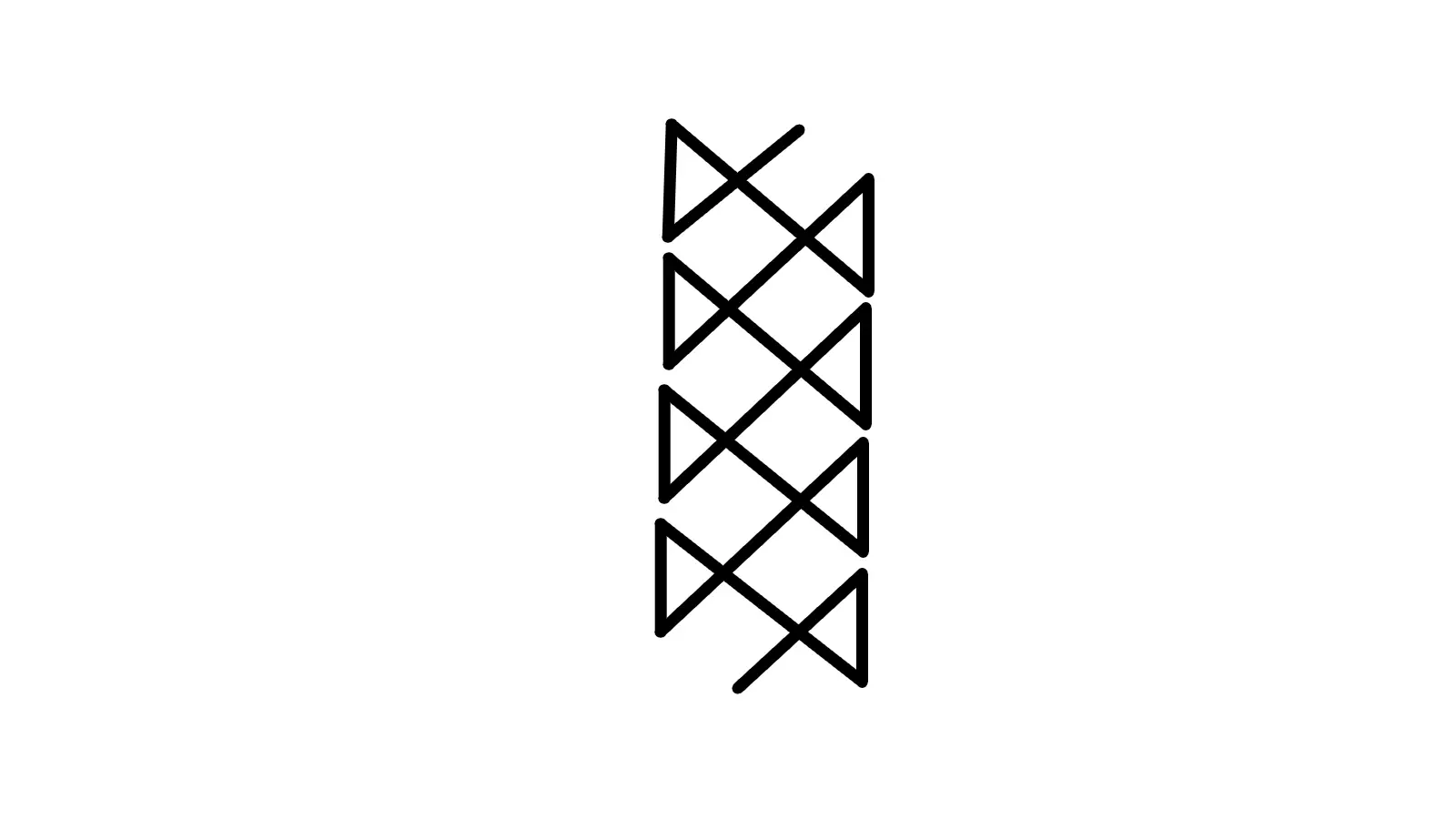
Insertion stitch or faggoting stitch can create an intricate latticework effect. This stitch is a technique that can elevate your work, especially in heirloom sewing.
- Purpose: The insertion stitch joins the folded edges of fabric, adding a delicate and elegant touch to your garments.
- Usage: It's commonly used in heirloom sewing. This stitch brings out the intricacy in children's clothing, fine lingerie and high-end fashion.
- Variations: The faggoting stitch can be straight or decorative, providing design flexibility.
- Effect: By creating a latticework effect, insertion stitches offer a unique and beautiful detail.
19. Decorative Stitch

Decorative stitches offer exquisite artistic flourishes. There are different decorative stitches and each of these has its own features. This stitch adds substantial value and distinction to your work. These stitches are an integral part of fabric sewing techniques.
You can use decorative stitches to create unique and distinctive garments. It's always wise to test decorative stitches on a scrap of your selected fabric before sewing. Remember, adjusting the stitch length and width based on your fabric type is essential for achieving optimal results.
Anchoring your decorative stitches with straight or lock stitches can also help secure your design in place. By understanding and utilizing these techniques, you'll ensure your decorative stitching truly shines.
Conclusion
So, there you have it! Understanding basic sewing machine stitches can truly elevate your sewing projects. From utility to decorative, each stitch type brings its own unique flair. By understanding their purposes and optimal usage, you're not just sewing, you're crafting a masterpiece. Of course, read your sewing machine manual before sewing and know the stitch settings. Then make a stitch on your sewing machine. And you will love sewing.
Learn more sewing tips on Longan Craft Blog! Dive into the fabric world with Longan Craft!

0 comments